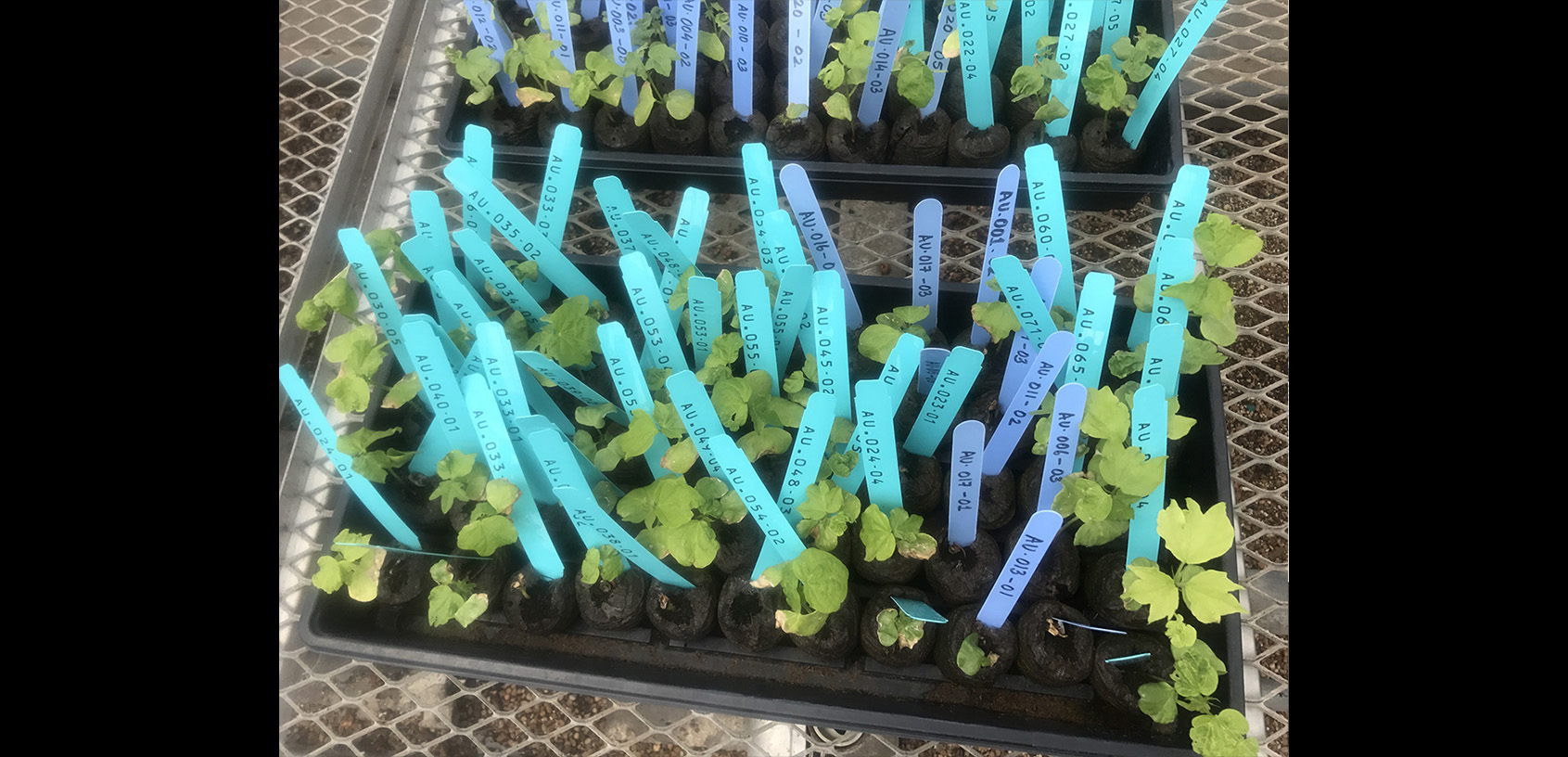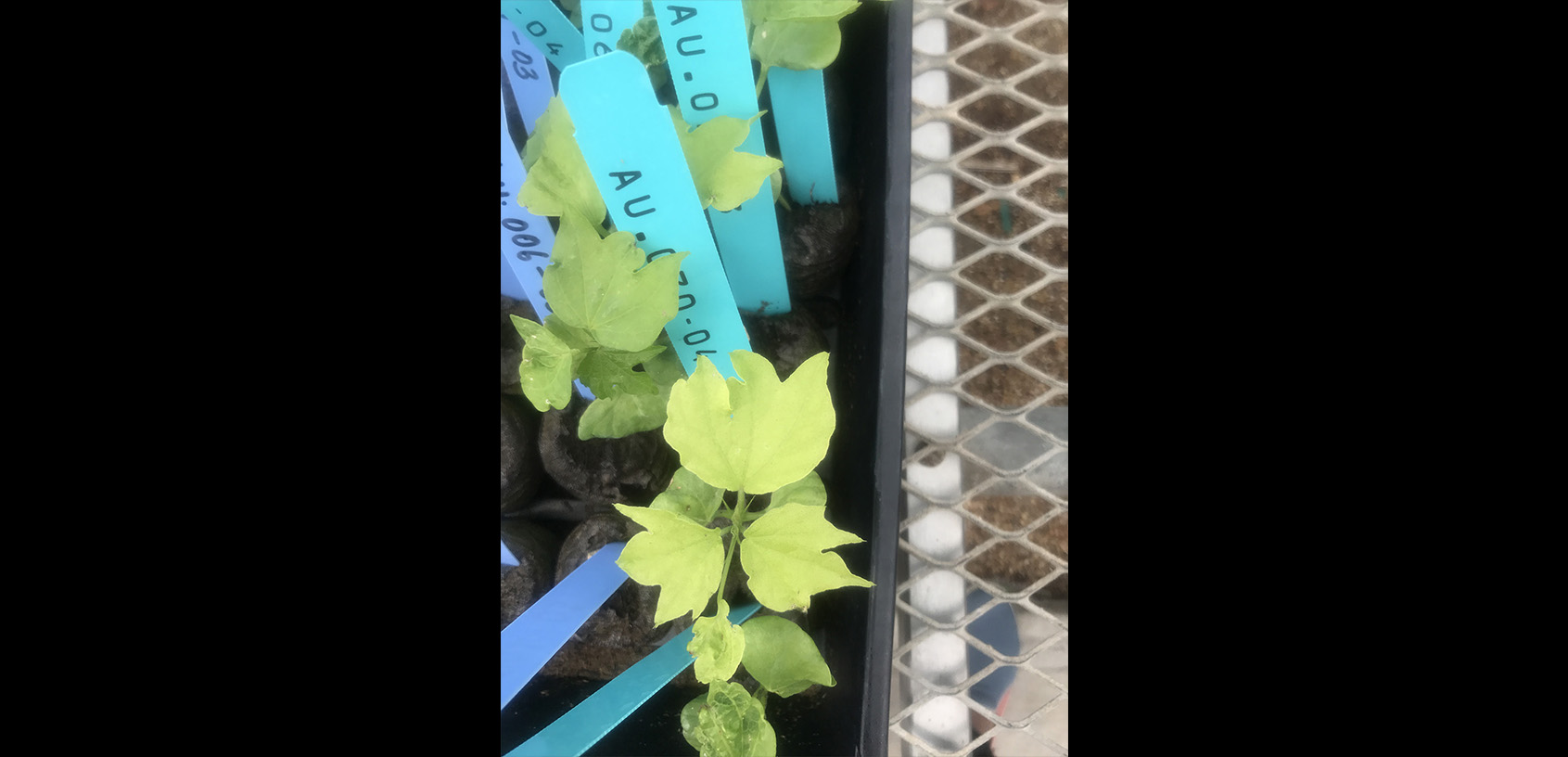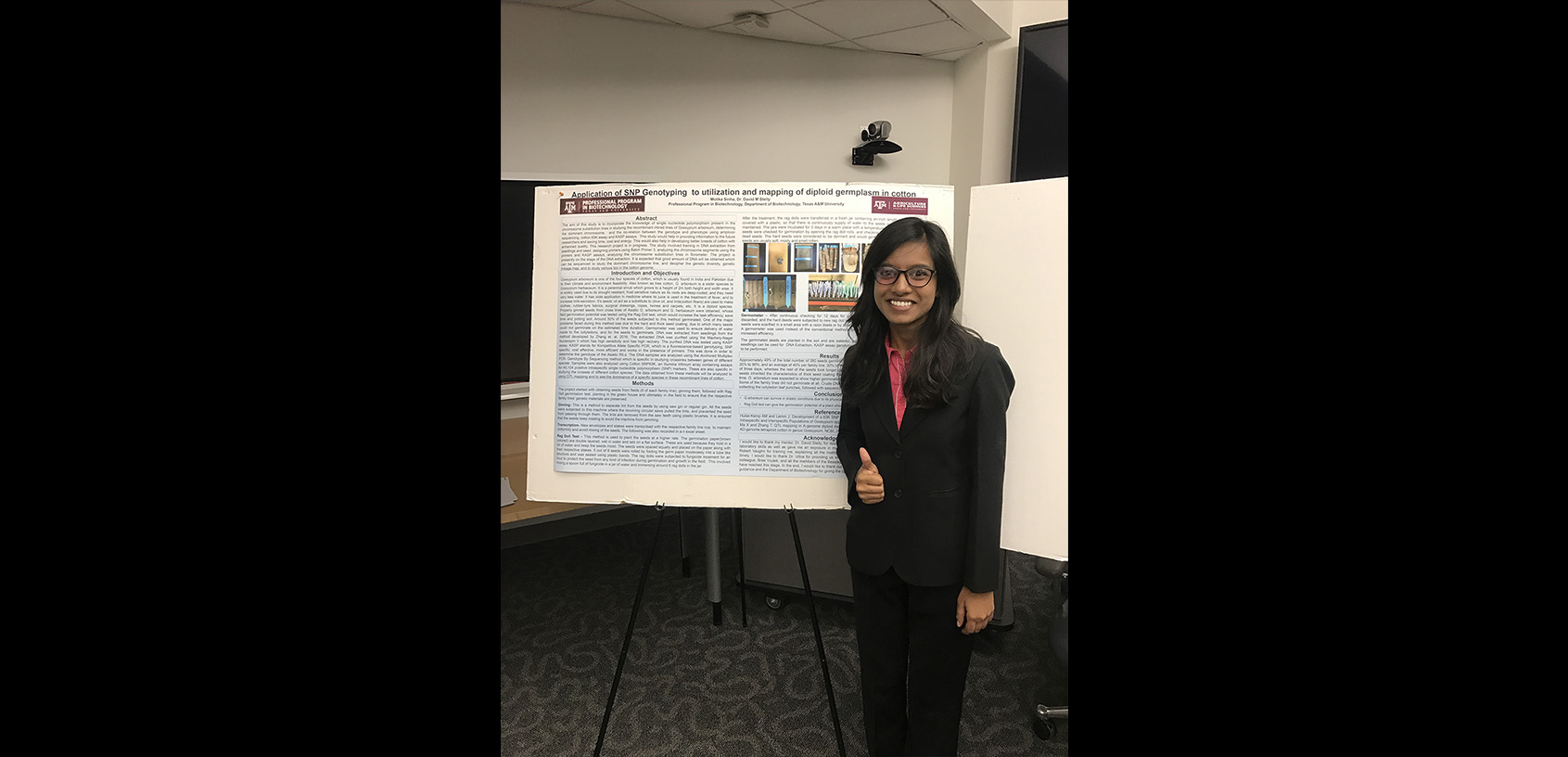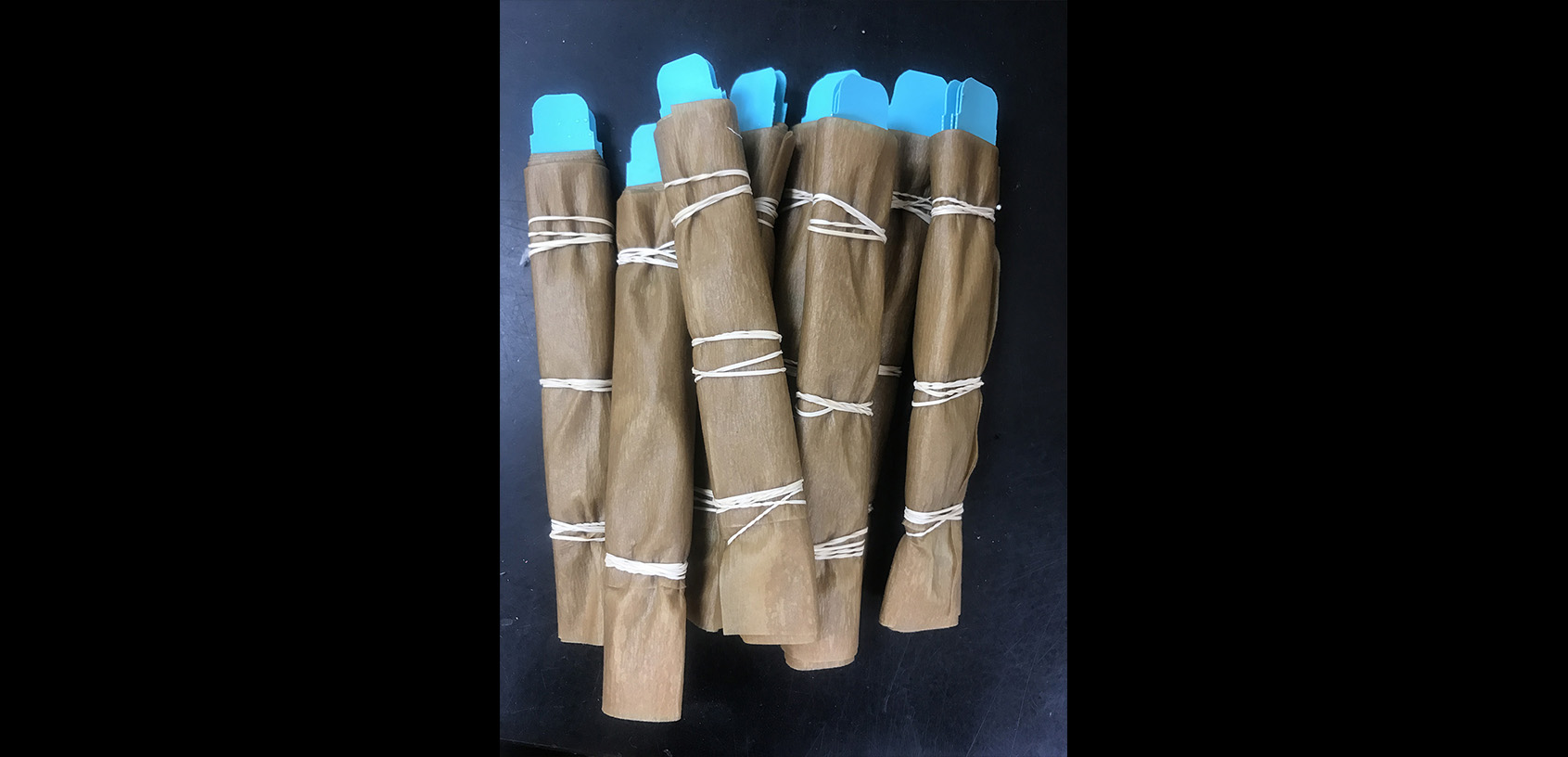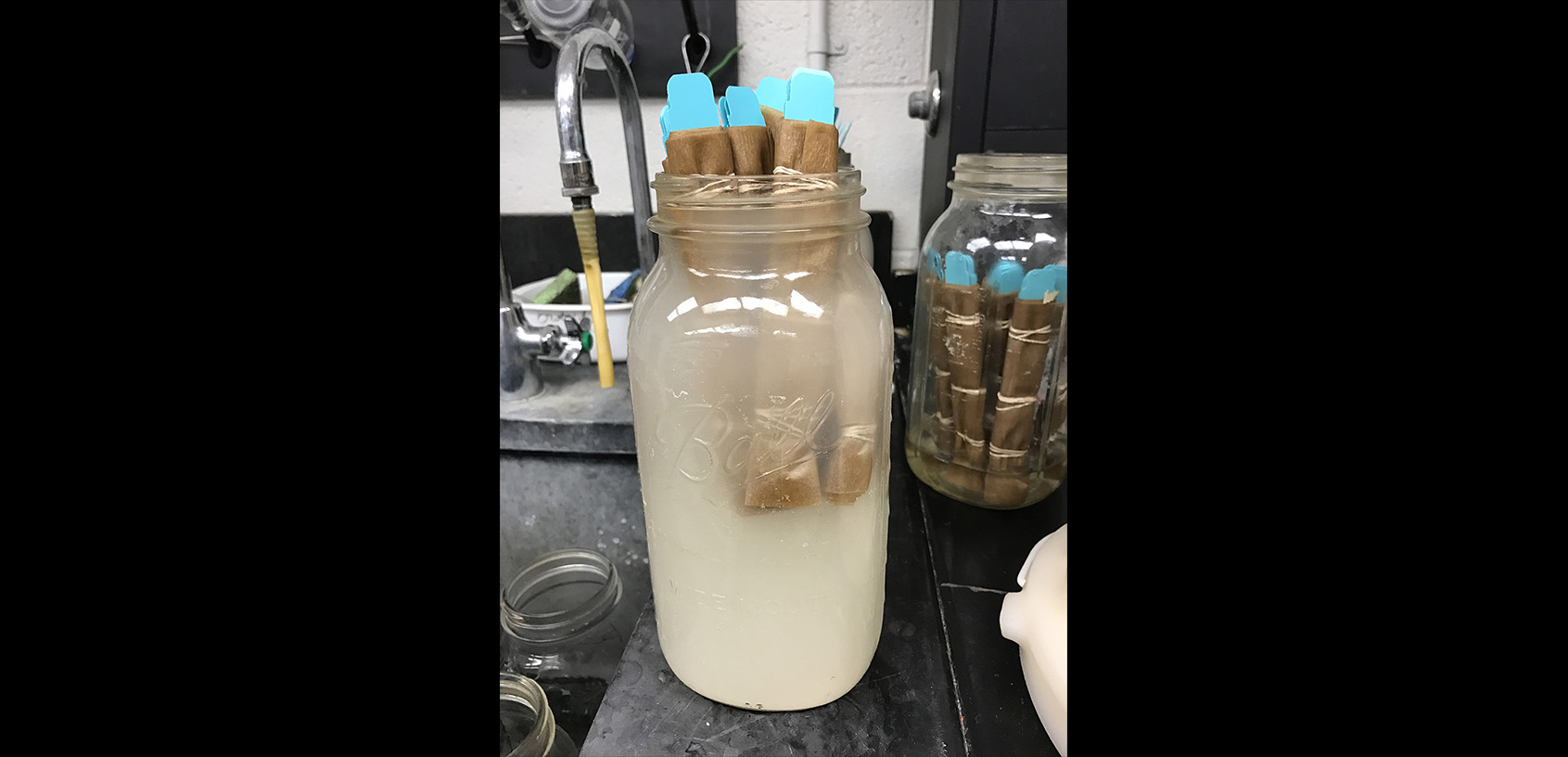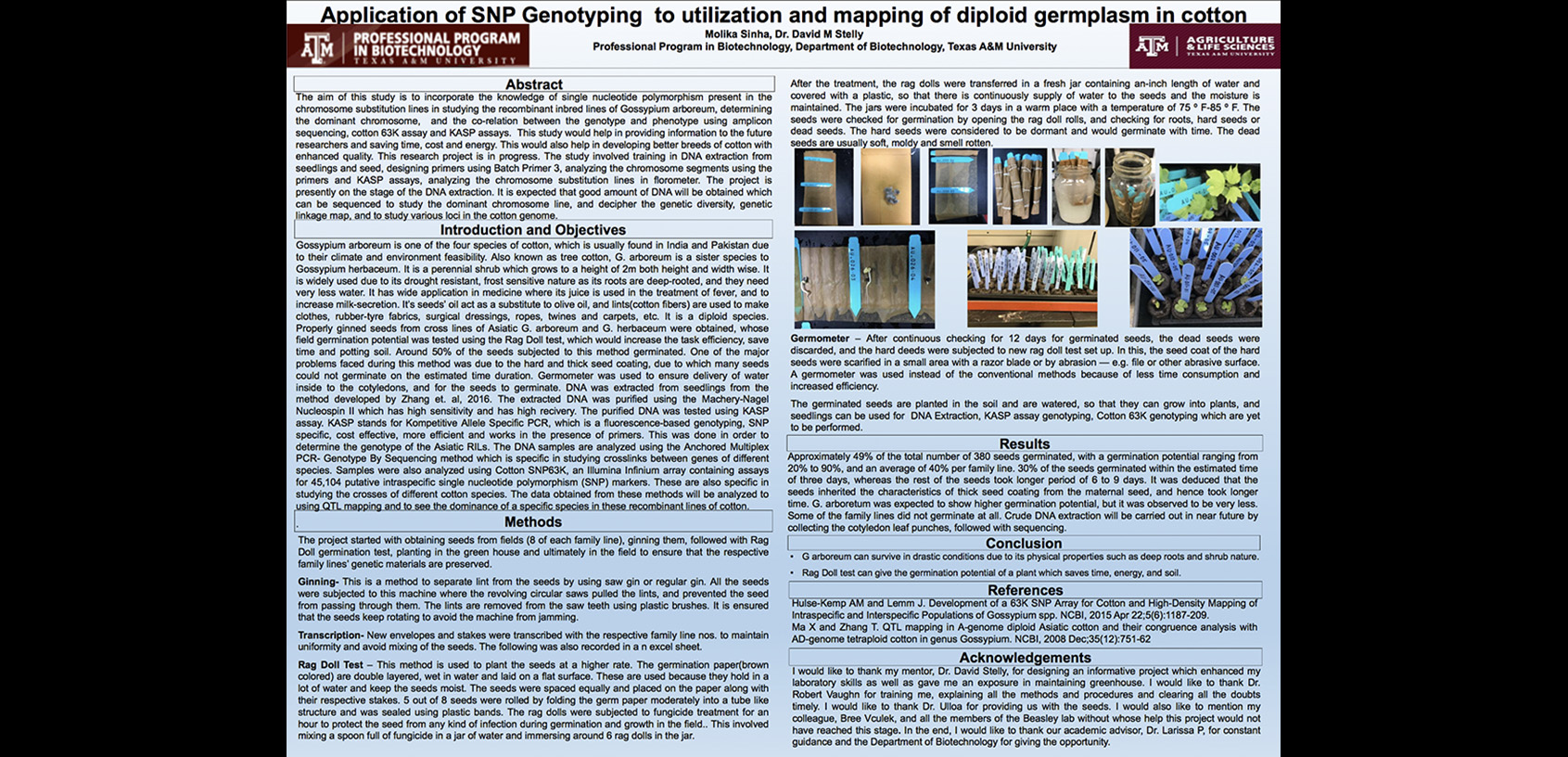Application of SNP genotyping in utilization and mapping of diploid germplasm in cotton
The aim of this study is to extend the knowledge of DNA single nucleotide polymorphisms (SNPs) present in cotton and other AD tetraploid Gossypium to the analysis of a newly synthesized set of recombinant inbred lines (RILs) of Gossypium arboreum x G. herbaceum. Gossypium arboreum is one of the four species of cotton, which is usually found in India and Pakistan due to their climate and environment feasibility. Also known as tree cotton, G. arboreum is a sister species to Gossypium herbaceum. RILs are inbred for multiple generations and typically highly homozygous, thus they “breed true” when self-pollinated, which facilitates seed increase and their evaluation in replicated experiments at multiple locations. Such experiments are requisite to accurate assessments of yield and other complex (multigenic) traits that are influenced by the “environment” and/or interaction effects between genotype and environment. If characterized as to the SNP variation among them, RIL phenotypes can be used collectively to genetically dissect and localize regions of chromosomes that significantly control complex traits. SNP content in cotton lines can be determined by many methods, including highly multiplexed methods such as capture-based sequencing, amplicon sequencing, and Infinium assays (CottonSNP63K array) and simplex or low-plex KASP assays. By extending SNP methods to these RILs, which are diploid, not tetraploid, we will facilitate downstream research, saving time and cost, while enhancing reliability of results. This will expedite the development of better breeds of diploid and tetraploid cottons, e.g., with enhanced quality, yield and sustainability.
This research project is at an early stage of development. So far, the study has involved training in DNA extraction from seedlings and seed, designing primers using Batch Primer 3, PCR using cotton line DNAs and the synthesized primers for KASP assays, and plate-based fluorescence spectrophotometry with a “plate reader” to characterize SNP content of each cotton line based on KASP assay results. We will extend the methods to RILs. Analysis is presently on the stage of DNA extraction. For PCR-based KASP analyses and amplicon-based sequencing, we can likely rely on very inexpensive “crude DNA extraction” methods. For capture-based sequencing and CottonSNP63K Array analyses, higher quality DNA extractions will be needed. Using one or more methods, SNP genotypes will be determined, then subjected to linkage analysis to create a “linkage map”, and then to dissect traits for which phenotypic data are obtained.

